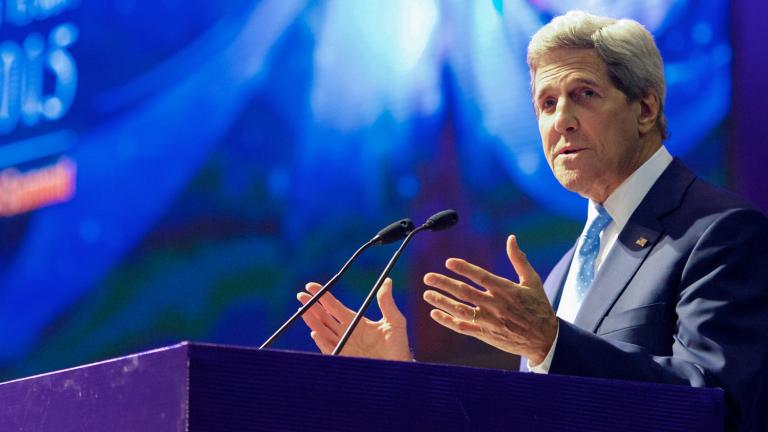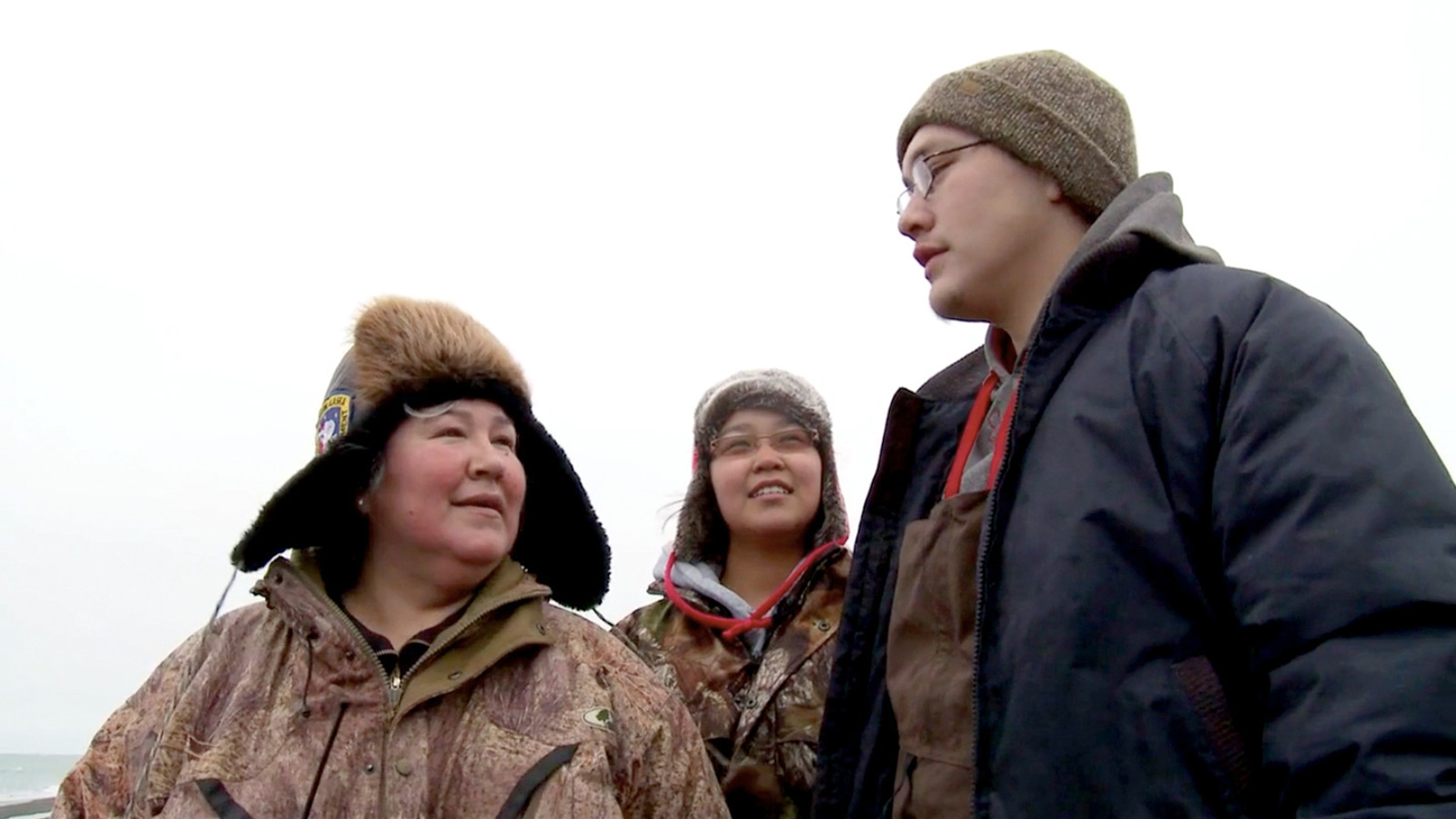At 320 miles above of the Artic Circle, Barrow, Alaska, is the northernmost town in the United States so it spends part of the year in the dark. In winter, the sun hides below the horizon for three months. That alone explains why whaling is so important for the Iñupiat people who live in the region: Whale blubber contains high levels of vitamin D.
It’s extremely difficult to get vitamin D without sunlight. But the traditional Iñupiat practice of hunting whale and consuming its blubber provides an excellent source of vitamins needed to survive the Arctic’s dark months. For the Iñupiat, whaling isn’t a sport, it’s their lifeblood. It’s the difference between survival and the grim alternative.
Children of the Arctic, a film premiering on WORLD Channel Tuesday and streaming free for 90 days beginning Wednesday, considers what climate change means for the Iñupiat living on the Alaskan tundra. Whaling is essential to the Inuit of northern Alaska — the subsistence hunting practice goes back millennia and gets passed down through generations as a rite-of-passage. A warming world presents a unique threat to their way of life. Sea ice melts as temperatures rise, forcing whales to reroute their once-reliable migration patterns and hindering the hunt.
Alaska Natives growing up in Barrow have to grapple with the usual problems of adolescence as well as the landscape melting around them. They learn from elders who tell them of a past that looks nothing like the present. One remembers icebergs as big as skyscrapers in a landscape where the ice is now cracking into bits.
The film’s dialogue bounces between family members who discuss oil drilling, their disappearing language, and widespread suicides. Their conversations are as tender as they are urgent. The people featured in Children of the Arctic are attempting to survive in an environment that has sustained them for thousands of years, yet is now changing fast enough to threaten them. Children of the Arctic’s strength is that it’s unafraid to listen to young indigenous voices. Filmmaker Nick Brandestini focuses on the voices of Alaska Native youth and eschews the omniscient narrator used by many documentaries. He lets the experts describe the challenges facing them.
Children of the Arctic doesn’t have a tidy ending with laughing young people running off to a reestablished section of sea ice. But it doesn’t abandon hope, either. The film moves deliberately, giving its audience time to absorb the vast Alaskan tundra — perhaps as a metaphor of the way climate change is taking its slow and steady toll on the places vulnerable people like the Iñupiat call home.



